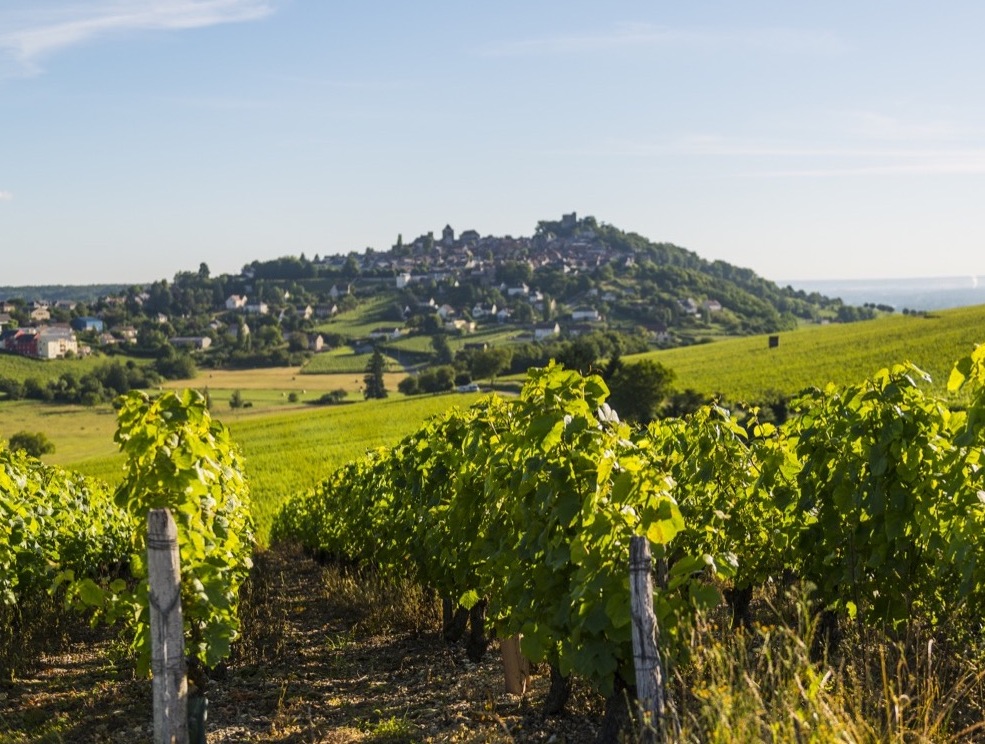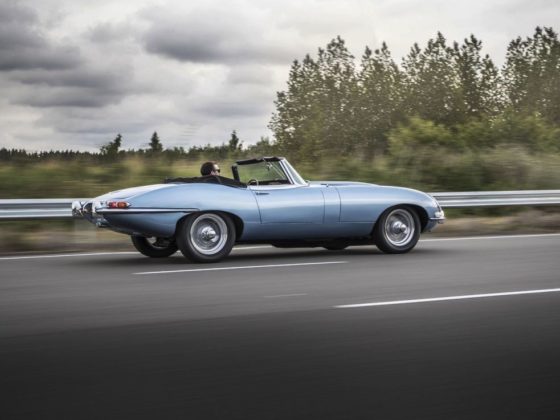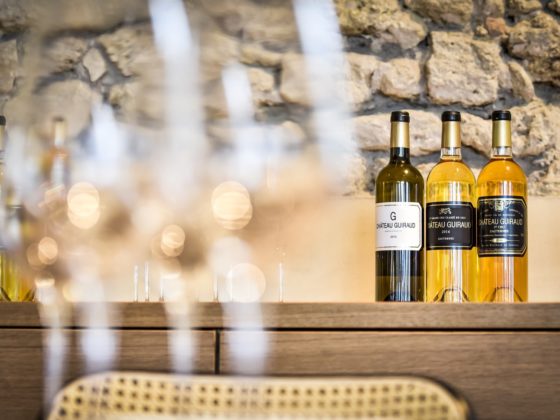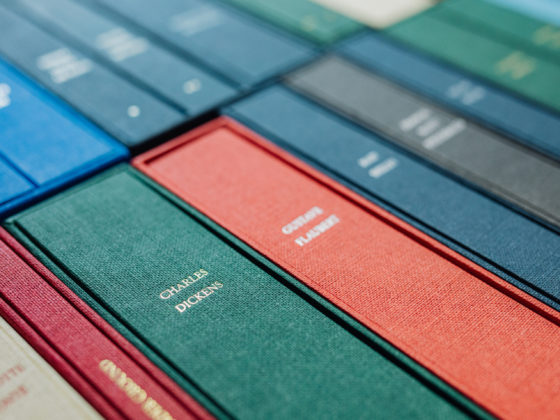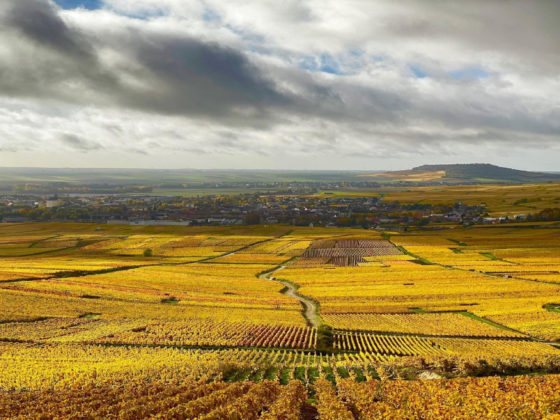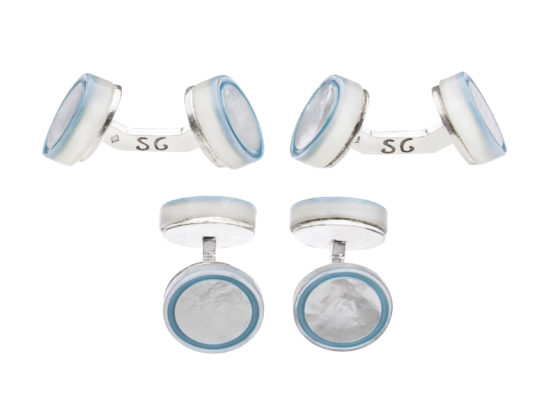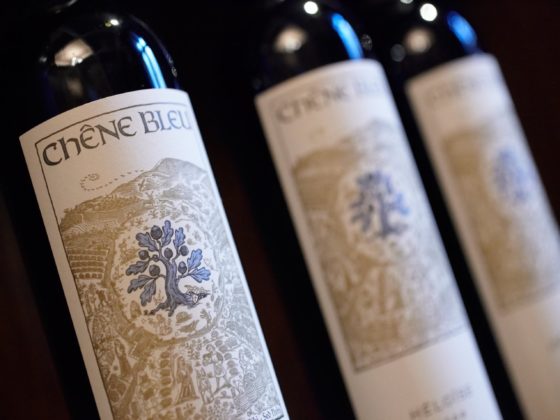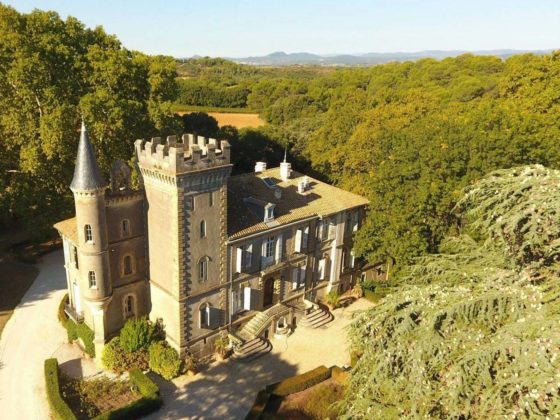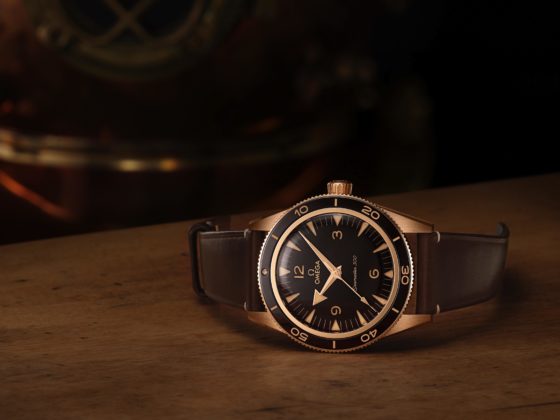The emblematic Sancerre house can boast a 500-year heritage. This does not prevent him from establishing himself as a pioneer of the genre, notably through an early commitment to the environment.
By Romain Rivière
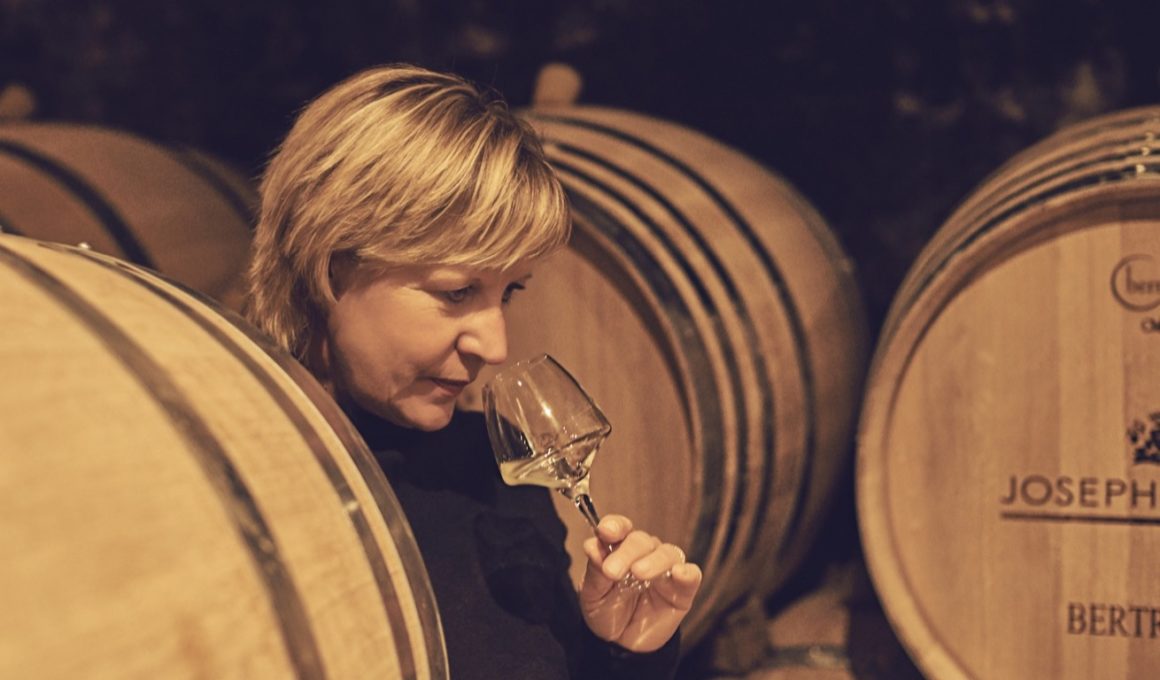
Combining a heritage of half a millennium of history with a visionary development, this is the feat of the emblematic Sancerre family house Joseph Mellot. Since Pierre-Etienne Mellot wrote the first page of this viticultural adventure in 1513, the company has grown to become a true reference in the Centre-Loire landscape. Since her arrival at the head of the house in 2005, Catherine Corbeau-Mellot has continued to passionately pursue the work of her husband Alexandre, who passed away too soon, and their ancestors. They who, little by little, based on a strategy of acquisition, had developed the company on the various appellations of the region and, strong of an ancestral know-how and a sharp knowledge of their soils, were attached, generation after generation, to work out great wines.
Catherine Corbeau-Mellot has increased the number of appellations covered by her vineyard to 8, totaling a hundred hectares: Pouilly-Fumé, Sancerre, Menetou-Salon, Quincy, etc As for each estate of the house, the vines are the object of a rigorous work. “Depuis longtemps, nous avons initié une réflexion qualitative sur la conduite de nos vignes et les pratiques de vinification, afin d’être en parfaite adéquation avec chacun de nos terroirs”, explique le chef d’entreprise.
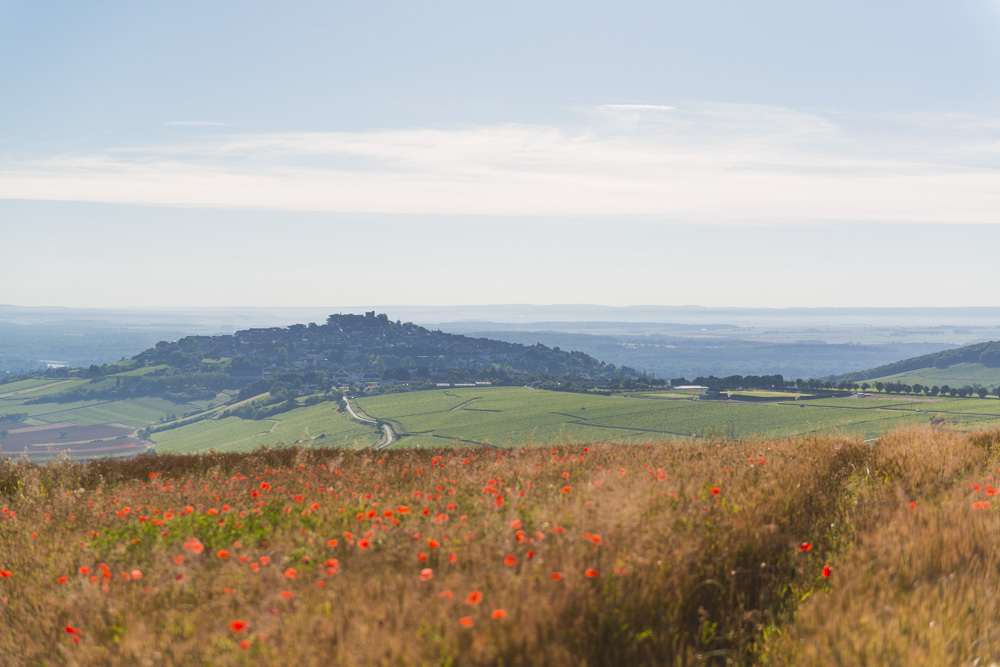
In addition to the acquisition of new cellars, the Joseph Mellot teams are continuing a family tradition, the same one that led previous generations, long before it became obvious, to consider that a good wine necessarily begins with work in the vineyard. Observation of the terroirs, cultivation choices, integrated pest management, control of yields and monitoring of parcels of land remain the fundamentals of the house. Today, each grape relies on the expert eye of Norbert Buchonnet, who directs the vinification to ensure that each wine is the purest expression of the Joseph Mellot style. Plot by plot, the grapes are harvested at optimal maturity and immediately sent to the winery, where they are sorted and then gently pressed thanks to modern equipment capable of preserving the juice from oxidation. Some appellations benefit from a cold pre-fermentation maceration and a cold static settling. Question of exaltation of the aromas. Then, the wines are matured in vats on fine lees, for a variable length of time.
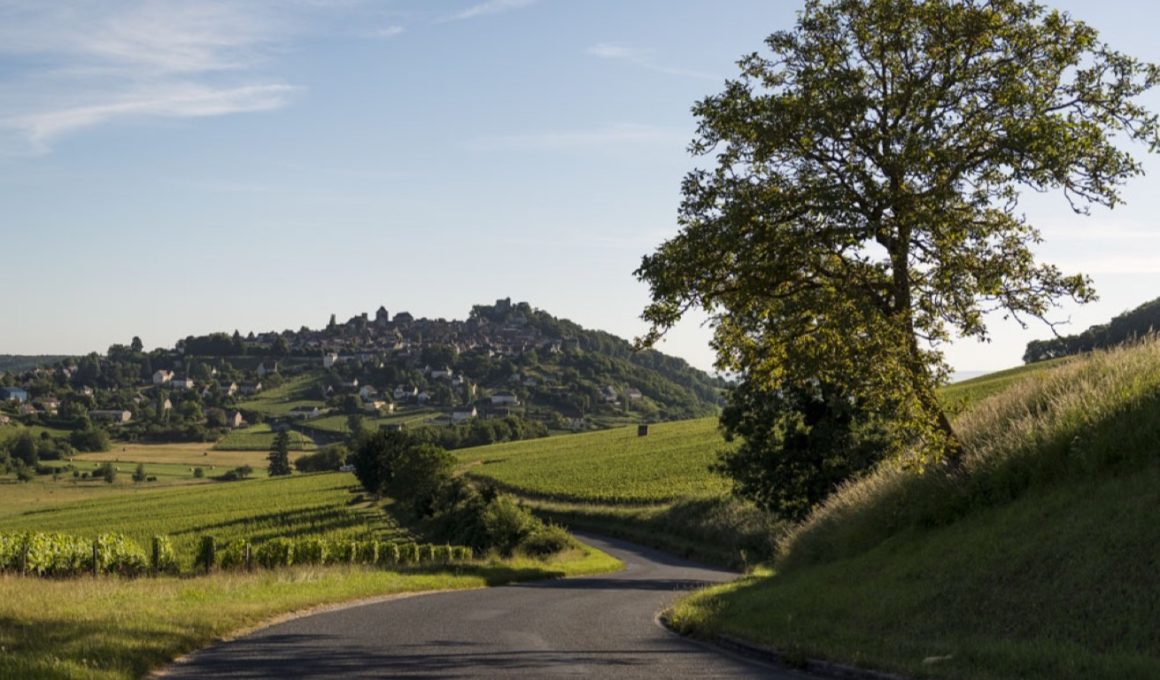
Joseph Mellot’s other visionary project is his commitment to the environment. Since 2009, the Sancerre winery has been rigorously committed to meeting the modern requirements of ISO 14001 certification, which it was the first winery in the Centre-Loire region to obtain in 2009, and the Sustainable Agriculture qualification obtained in 2010. The economy of resources, the development of biodiversity, the respect of natural environments, the preservation of landscapes, the contribution to the economic and social development of the territory and the reduction of the carbon footprint are some virtues thanks to which, in 2019, Joseph Mellot obtained the High Environmental Value certification for its entire vineyard.
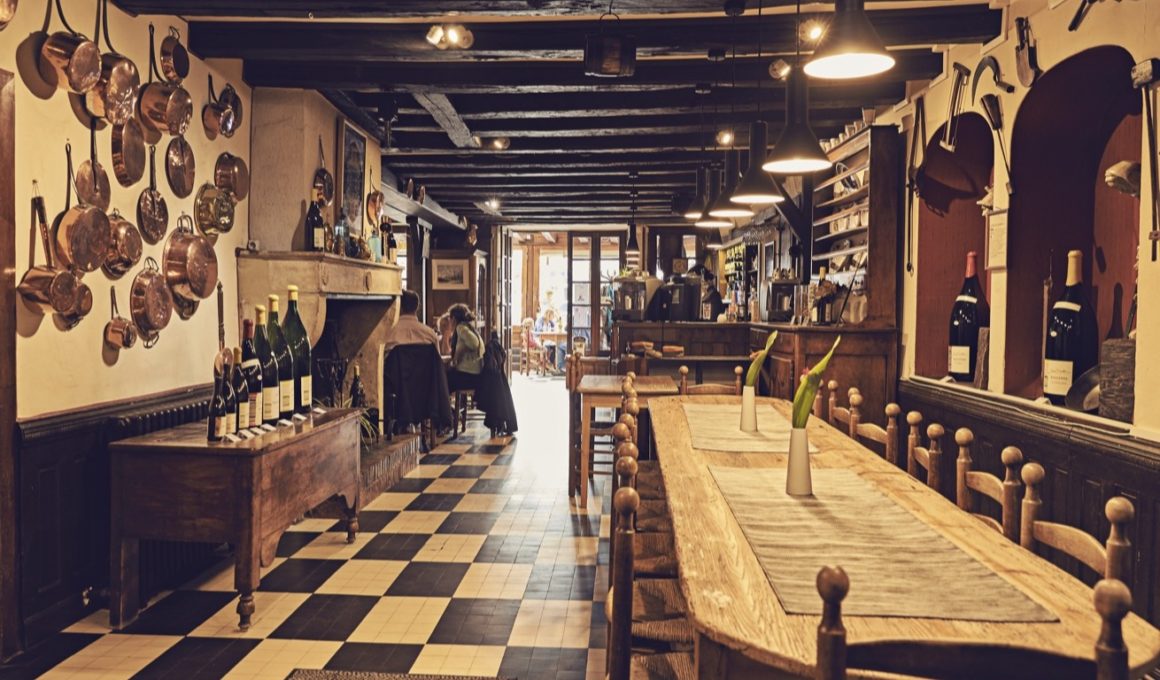
For an overview of the house wines, a visit to the Auberge Joseph Mellot is a must. Listed in the “Historical and Heritage Cafés of Europe” guide, this place created in 1882 by the Mellot family has become, over the years, a mythical address for the people of Sancerre and for visiting gourmets. An opportunity to discover some of the house’s great classics, such as La Grande Châtelaine: in its 2015 vintage, this white Sancerre, 100% Sauvignon, has a yellow color with golden reflections and reveals an elegant and fruity nose – exotic fruits, mirabelle plums… -. Fresh, supple, it blends white and yellow fruit flavors and a superb finish. A great wine.


